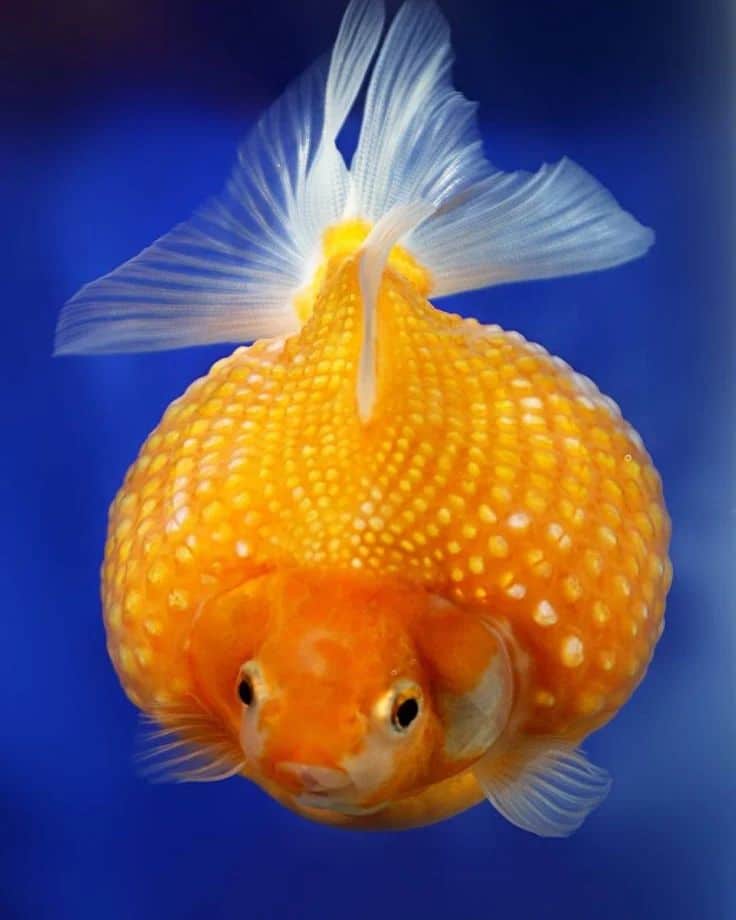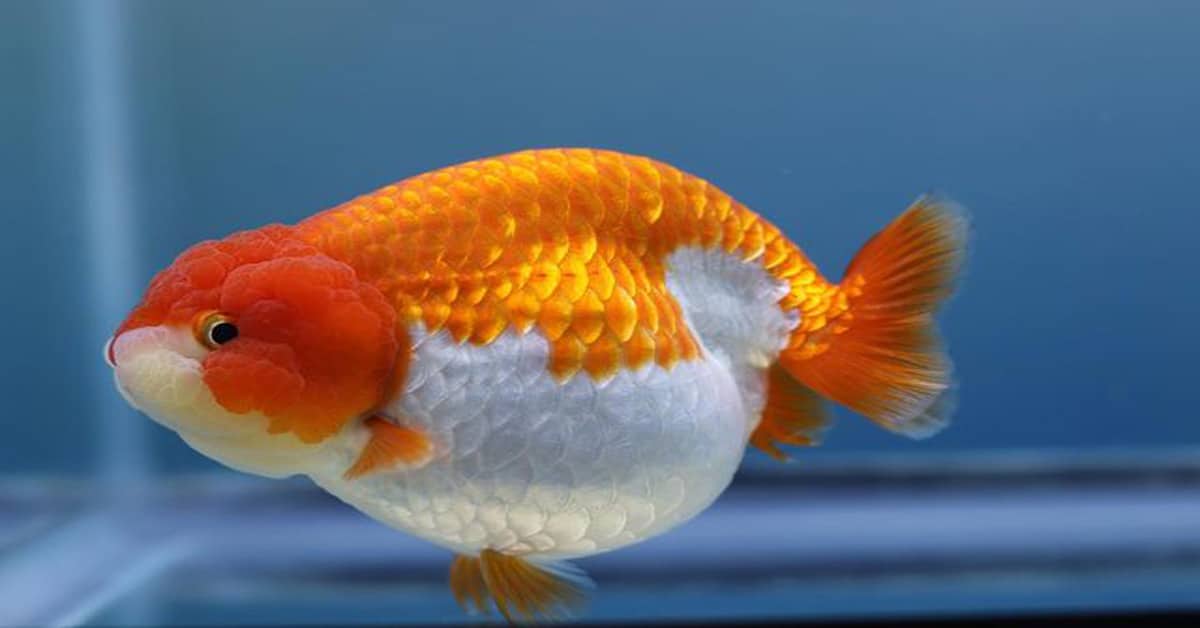Goldfish Breeding: Thorough Guidance for Successful Reproduction
Did you know that the origin of goldfish was preceded by the discovery of a gold color mutation in China? Following their introduction to Europe as a good luck symbol in the 1600s, goldfish have been raised and kept as pets for more than a thousand years, and they remain as popular as ever today.
Goldfish breeding is a complicated process that requires sufficient time and knowledge. However, it is a delightful pursuit that enhances the joy of owning these captivating creatures. Even though goldfish are known for their propensity to breed, you should still make sure you have a solid understanding of the breeding process and related variables to effectively employ the various techniques.
To assist you in breeding the healthiest and most attractive goldfish, we have put together a comprehensive guide filled with fascinating information.
How to Settle the Conditions for Goldfish Breeding
Goldfish breeding is more complicated than it might seem at first glance. In order to perform this process smoothly, you need to provide your fish with the proper environment, improve their nutritional intake, and promote reproduction.
Let’s explore the 5 essential tips to help you get ready for goldfish breeding.
1. Plan ahead of time

To give your fish enough time to prepare the ideal habitat for mating, purchase them about a year in advance. Given that goldfish prefer to breed in the spring, the optimum times for acquiring fish are in July and August. Make an effort to prepare far enough in advance if you want your goldfish to be adequately acclimated to their environment and de-stressed before the goldfish breeding season.
Goldfish can reproduce between 1 and 2 years of age, however, it is advised to breed them around 3 years old, especially with female goldfish. Given that the goldfish’s reproductive system will be completely formed at full size, it is expected that it will be able to carry eggs much more successfully.
If you have a juvenile goldfish, you may want to keep an eye out for diseases and genetic defects that will develop in the fish as it ages. By looking at the size, color, and body shape of the goldfish, you can better understand their genetic potential.
2. Create the appropriate tank environment
While keeping in mind that the tank you plan to use for goldfish breeding needs to have sufficient water, also add the appropriate accessories for a goldfish habitat that looks natural. Generally, this refers to useful and sprawling fibers or shrub plants, whether real or artificial.
If you’re going to allow goldfish to reproduce naturally, you’ll need a lush environment since when females lay their eggs, they typically anchor them to something solid. Even though plants enhance the quality of life, they are not required if you plan to accomplish goldfish breeding artificially.
3. Simulate goldfish breeding season

You must trick goldfish into believing it is the breeding season to induce them to reproduce. The goldfish breeding season often occurs in the spring as the cold water from the previous winter begins to progressively warm up. Therefore, for at least 4 weeks, your goldfish should believe that it is winter to replicate this shift.
To accomplish this, lower the temperature to between 10°C and 12°C, decrease light and food intake, and then gradually increase all three of these variables to represent the transition from winter to spring.
When you’re ready to breed, increase the water temperature by 2 degrees Celsius per day until it reaches 25 degrees Celsius. The shift from cold winter water to warm spring water should likewise take about 2 to 3 weeks.
4. Start enhancing the diet of your goldfish
The goldfish’s primary diet should include foods high in protein, such as earthworms and bloodworms. However, whatever you give them, be sure to fold it up so it can fit in their jaws.
Feed your goldfish 3 times daily in small but frequent doses, and be cautious not to overfeed them. Many goldfish owners make the common mistake of overfeeding their fish, which causes the leftover food to settle to the bottom of the tank, where it decomposes and pollutes the water.
5. Ensure that you cycle out the water daily

To ensure your fish are generally healthy and to promote ideal goldfish breeding conditions, consider performing a partial water replacement. Up to 20% of the water in your tank should be removed each day, but do not go above this limit.
When cycling water into the tank, don’t forget to add a water conditioner. Conditioners eliminate chlorine and combat chloramines, as well as neutralize compounds that are detrimental to your fish.
Goldfish Coexistence: How to Create Harmony in Your Aquarium?
Considering they are sociable creatures, goldfish frequently interact with one another when maintained in groups. To encourage activity and provide company, it’s advised to have at least 2 goldfish in an aquarium. Fish that live alone sometimes show signs of depression and apathy.
However, certain issues may arise if the incorrect varieties of goldfish are kept together in the same aquarium. When the conditions aren’t right, infections, stress, and bullying among goldfish are all fairly prevalent. Because some goldfish are faster than others, they can swiftly access the food. For instance, if your Black Moor is constantly being pushed aside by Comets and is starving, they will become anxious.
If the female goldfish is much slower and has poor vision, it can be rather distressing when the male starts chasing her during the mating ritual. You will need to keep an eye on them and make sure they don’t suffer any consequences.
Therefore, it is recommended that you consult with a professional aquarist or fish veterinarian to receive guidance on the compatibility of distinct species of goldfish before housing them together.
Goldfish Spawning & Mating
Male goldfish will chase female goldfish as a sign of spawning behavior. The females become swollen during mating season and generate unfertilized eggs, indicating that they are ready to breed and should be transferred to the tank where you will be raising the eggs. Male goldfish are also developing breeding indications on their gills resembling salt flecks that should not be mistaken for illness. It’s a reliable indication that the male is ready to reproduce.
You can place a spawning mop in the main tank to allow goldfish to lay eggs on it, which makes it simple to remove the eggs afterward. The male goldfish will use milt to fertilize the eggs after the female has laid sticky eggs all over the tank. Once the eggs have been fertilized, the parents should be removed right away to prevent them from eating the eggs.
If the tank conditions are maintained after the initial spawn, the goldfish should continue to spawn once per week, or even more frequently, depending on the goldfish. If you anticipate multiple spawns in one season, maintain the tank’s conditions and patiently wait for an increasing number of spawns throughout your simulated season.
To maintain the lowest possible nitrate levels and the cleanest water for the fish, keep in mind the need for an efficient filter that effectively aerates the water in addition to regular, large-volume water changes.
Artificial Method of Fertilization
If natural goldfish breeding is not successful, you can artificially reproduce a female goldfish by holding her while lightly pressing her belly and anus to release the eggs she is harboring. After that, carefully touch the male goldfish’s vent to remove any sperm before combining the sperm and eggs by swirling the water. Apply extremely gentle effort when cleaning your goldfish’s vents since they can bruise easily during artificial reproduction.
It is recommended to leave the bucket aside for around 30 minutes to give the sperm time to fertilize the eggs effectively. The sperm concentration will be relatively significant, and the rate of egg fertilization will be high if there are only five inches of water in the tank.
Maintaining Eggs Healthy Until Hatching
Throughout the incubation period, eggs should be kept at a temperature of approximately 25 degrees Celsius with an airstone in the water. The eggs will probably hatch in 3 days, but it will take effort to keep the water clean and the eggs free from pathogens throughout this time. The bucket needs at least two 80% water changes the first day after fertilization, one in the morning and one in the evening.
To prevent shocking and destroying eggs, it’s crucial to replace the previous water with water that is precisely the same temperature. Using a water conditioner and refilling the methylene blue in the water each time you replace it is also essential. By regularly changing the water and adding fresh methylene blue each time, you may prevent fungus from killing your eggs and increase the overall number of goldfish fry.
Final Thoughts
We sincerely hope that the comprehensive knowledge provided on goldfish breeding proves to be highly beneficial. Now that you’ve given goldfish breeding some thought, you can see how thrilling it can be to make keeping goldfish even more enjoyable!
You can begin your journey into goldfish breeding, but it’s essential to ensure that you maintain the process properly and take into mind every significant variable, from creating the ideal environment for goldfish breeding to preserving healthy eggs until hatching.

Nato is a content writer and researcher with a background in psychology who’s eager to explore the wonders of nature. As a travel enthusiast and animal lover, she hopes to inspire others to discover and cherish the beauty and importance of the natural world.







